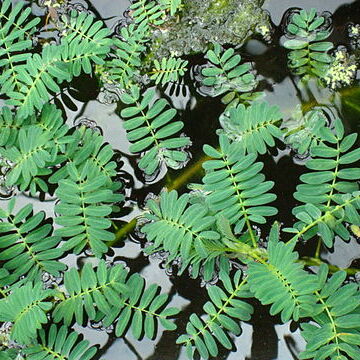Fruit 1.5–5 cm long including the short 5–7 mm long stipe, irregularly linear-oblong in outline, straight or slightly curved, 1–4(5)-jointed; suture slightly broadly constricted between the articles, and mostly with a raised corrugated or tuberculate ridge beside it forming a margin all round the fruit; articles 1–14 × 8–9.5 mm, irregularly oblong, mostly curved, compressed, glabrous, slightly venulose but otherwise smooth or only slightly tuberculate apart from the marginal ridge.
Leaves 16–26-foliolate; leaflets 9–25 × 2–6.5 mm, oblong to linear-oblong, rounded and mostly mucronulate at the apex, obliquely rounded or truncate at the base, entire or very finely serrulate, glabrous and glaucous; venation obscure; petiole and rhachis together 2.5–8 cm long, with a line of bristly hairs on the upper side; petiolules 0.5–1 mm long; stipules 13–21 × 3–5 mm, ovate-lanceolate, straight, spurred, at length deciduous.
Flowers axillary, solitary; peduncle and pedicel together 3.5–10 cm long; bracts 2, one of which subtends the pedicel, 7–8 × 2–3 mm, ovate, appendiculate and amplexicaul, persistent; bracteoles 5–9 × 3–4.5 mm, ovate, ciliolate.
Standard yellow, 18–25(30) × 18–20(30) mm, rounded; wings and keel yellow, the petals of the latter laciniate along their lower margins.
Calyx glabrous, 2-lipped; lips oblong, one 1–11 × 3–9 mm, ± entire, and the other 1–15 × 4–6 mm, 3-lobed at the apex.
Stems hollow, spongy, thick, 0.5–1 cm in diameter, densely covered with adventitious roots.
Seeds dark purplish-brown, 8.5 × 5 × 2 mm, reniform, with a long central hilum.
Perennial herb, 1–4.5 m long, floating on water surface.

